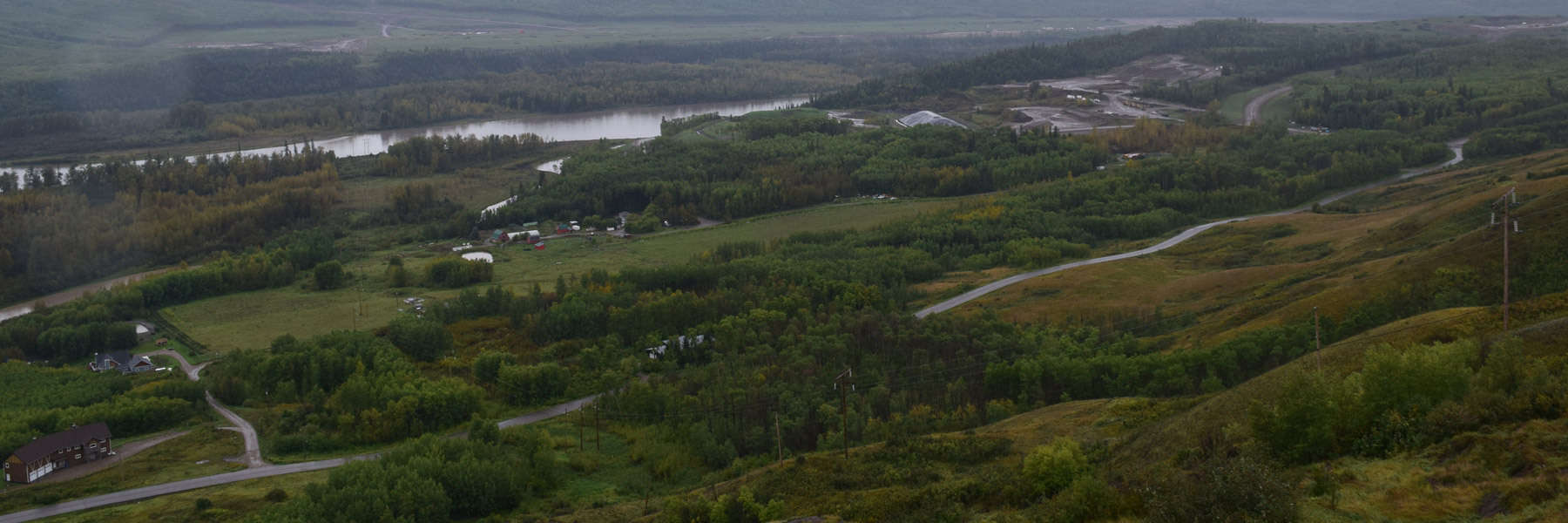Renegades Rewarded at Public Expense in Site C Dam Decision
When BC’s new government was sworn in last spring many hoped for a renewed respect for Treaty Rights and First Nation communities. The promise to have the BC Utility Commission report on the construction plans of Site C was encouraging. When the report was issued in October, there were even more reasons to cancel this ill-conceived project.
The reason the government of Premier John Horgan is using for continuing the construction of Site C is flawed. Cancelling construction of the Site C dam, they argue, would immediately add to the provincial debt, as the sunk costs would not allow for amortization, as there would be no assets to depreciate against.
However, BC Hydro is a provincially owned Crown Corporation, with net earnings that contribute to the annual provincial budget. If the Horgan government wanted to shut down Site C, BC Hydro’s net earnings, debt, and equity would allow for an internal schedule to recover the costs already incurred on Site C. These payments would affect BC’s budget very marginally and it would definitely save BC residents in the long term, whether in taxes or hydro rates. From a strict financial perspective, cancelling a project with a $2 billion sunk cost would be more prudent than locking BC residents into an open-ended juggernaut, with a budget exceeding $10 billion and more unforeseen construction costs down the road. This is a terrible decision, especially when one considers the now-locked-out, smaller scale, renewable energy generation approach which is rapidly becoming more attractive as an alternative.
Christie Clark’s government did all they could to push the Site C project past the so-called point of no return. Ignoring First Nation’s rights, neglecting the importance of prime agricultural land, and a general lack of proper planning and procedure is unforgivable and reckless with projects of this magnitude. Clark should be held personally accountable for such incompetence in handling the public trust.
What is worse is that with the new government’s decision to proceed, she is rewarded and a precedent is set for ignoring proper process.
The microclimates and rich alluvial soils in the soon-to-be-flooded Peace Valley would allow BC to easily become self-sufficient in fruit and vegetable production. This agricultural potential should be considered an important renewable resource, but instead it is destroyed and considered only as a marginal cost to Site C.
Canada is increasingly becoming a raw resource supplier at the expense of needed value-added and community-based economic development. Steady growth in Canadian agriculture commodity exports is heralded as success. What we don’t hear is that food imports are growing even faster. This process of export and import growth not only drives up greenhouse gas emissions, but also makes Canada more vulnerable and less able to feed itself. Rural Canadian communities caught in this process are left behind in chronic rural economic decline as a result of losing the economic benefits of value-added production, processing and distribution.
The electricity produced at Site C will keep alternative power generation unattractive for decades to come, just when new opportunities for renewable energy are becoming more available and affordable. Although hydro power in itself is renewable, corporate driven, mega projects like Site C are no longer considered progressive due to their negative social and ecological impacts. Smaller, community-based renewable energy creation not only leads to a stable climate, but brings employment, profit and ingenuity back to the community level.
Building the Site C dam locks British Columbia out of this very attractive new era of renewable electricity generation and community based economic drivers. The BC government should take another look at the big picture and reverse its ill-considered Site C decision.
